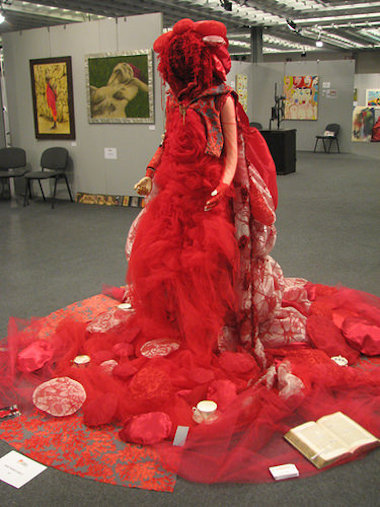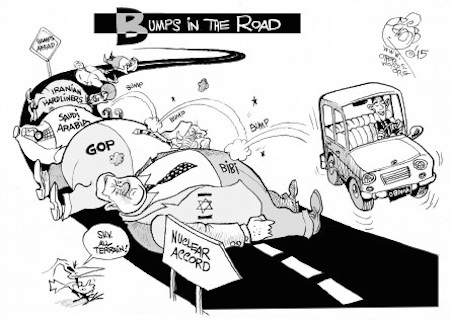What propelled Massachusetts Institute of Technology economics to the top of the heap? As Bloomberg Businessweek memorably illustrated in 2012, most of the leadership arrayed against the financial crisis was educated to the task at MIT, starting with Ben Bernanke, of the Federal Reserve Board; Mervyn King, of the Bank of England, and Mario Draghi, of the European Central Bank.
That they and innumerable other talented youngsters chose MIT and turned out so well owed to the presence of two strong generations of research faculty at MIT, led in the 1970s and ’80s by Rudiger Dornbusch, Stanley Fischer, and Olivier Blanchard, and, in the ’50s and ‘60s, by Paul Samuelson, Robert Solow and Franco Modigliani.
Samuelson started it all when he bolted Harvard University in the fall of 1940 to start a program in the engineering school at the industrial end of Cambridge.
What made MIT so receptive in the first place? Was it that the engineers were substantially unburdened by longstanding Brahmin anti-Semitism, as E. Roy Weintraub argues in MIT and the Transformation of American Economics?
Or that the technologically-oriented institute was more receptive to new ideas, such as the mathematically-based “operationalizing” revolution, of which Samuelson was exemplar-in-chief, a case made in the same volume by Roger Backhouse, of the University of Birmingham?
The answer is probably both. The very founding of MIT, in 1861, enabled by the land-grant college Morrill Act, had itself been undertaken in a spirit of breakaway. First to quit Harvard for Tech was the chemist Charles W. Eliot, in 1865. (Harvard quickly hired him back to be its president.)
Harvard-trained prodigy Norbert Wiener moved to MIT in 1920 after Harvard’s mathematics department failed to appoint him; linguist Noam Chomsky left Harvard’s Society of Fellows for MIT in 1955. Historian of science Thomas Kuhn wound up at MIT, too, after a long detour via Berkeley and Princeton.
But the Harvard situation today is very different. Often overlooked is a second exodus that played an important part in bringing change about.
Turmoil at the University of at California at Berkeley, which later came to be known as the Free Speech Movement, had led a number of Berkeley professors to accept offers from Harvard: economists David Landes, Henry Rosovsky and Harvey Leibenstein; and sociologist Seymour Martin Lipset among them.
The story, in the stylized fashion in which it has often been told, is that, one of the four one day said, “You know, I kind of miss the Jewish lunch” [that they had in Berkeley].
A second said, “Why don’t we start one here?”
“How are you going to find out who’s Jewish?”
“We can’t. Some have changed their names,” said a third. Whereupon Henry Rosovsky said, “Give me the faculty list. I can figure it out.”
A month later, luncheon invitations arrived in homes of faculty members who had previously made no point of identifying one way or another. And a month after that, a group larger than the original four gathered at the first Jewish lunch at Harvard. The Jewish lunch has been going on ever since.
Rosovsky, 88, former dean of the Faculty of Arts and Sciences, and the second Jew to serve as a member of Harvard’s governing corporation (historian John Morton Blum, less open about it his Jewishness, was the first) is the sole surviving member of the original group. Last week I asked him about it.
“It was not the way things were done at Harvard. The people here were a little surprised by our chutzpah to have this kind of open Jewish lunch, reflecting, I think, the sense that the Jews were here a little bit on sufferance, I don’t think that feeling existed at Berkeley. Nobody was worried there about somebody sending an invitation to the wrong person.
“It’s a subtle thing. We left graduate school at [Harvard] for Berkeley in 1956. I wouldn’t say that Harvard was anti-Semitic, but just as in the ’30s, Berkeley was happy to take the [European] refugees, where Harvard had difficulty with this, there were notions [at Harvard] of public behavior, of what was fitting. Berkeley was a public university, nobody thought twice about their lunch.”
Rosovsky’s wife, Nitza, an author who prepared an extensive scholarly exhibition on "The Jewish Experience at Harvard and Radcliffe'' for the university’s 350th anniversary, in 1986, remembered that there were surprising cases. Merle Fainsod, the famous scholar of Soviet politics who grew up in McKee’s Rocks, Pa., asked her one night at dinner if she knew his nephew, Yigael Yadin? “Apparently this was the first time he ever said in public that he was Jewish.” Yadin was a young archaeologist who served as head of operations of the Israeli Defense Forces during its 1948 war and later translated the Dead Sea Scrolls.
Rosovsky’s exhibition catalog tells the story in a strong narrative. Perhaps a dozen Jews graduated in Harvard’s first 250 years. But as a professor, then as president of the university, A. Lawrence Lowell watched the proportion of Jewish undergraduates rise from 7 percent of freshmen in 1900 to 21.5 in 1922. Jews constituted 27 percent of college transfers, 15 percent of special students, 9 percent of Arts and Sciences graduate students, and 16 percent of the Medical School. Harvard was deemed to have a “Jewish problem,” which was addressed by a system of quotas lasting into the 1950s.
The most outspoken anti-Semite in the Harvard Economics Department at the time that Samuelson left was Harold Burbank. Burbank died in 1951. Some 20 years later, it fell to Rosovsky, in his capacity as chairman of the economics department, to dispose of the contents of his Cambridge house. It turned out that Burbank had left everything to Harvard – enough to ultimately endow a couple of professorships.
So it was was Rosovsky, by then the faculty dean, who persuaded Robert Fogel – a Jew and a former Communist married to an African-American woman, who he hired away from the University of Chicago – to become the first Harold Hitchings Burbank Professor of Political Economy. “He was the only one who didn’t know the history,” said Rosovsky. Fogel went on to share a Nobel prize in economics.
It is the hardest struggles that command the greatest part of our attention. But between Montgomery, Ala., in 1955-56, when the Civil Rights Movement for African-Americans really got going, and the Stonewall Inn riot, in New York, in 1969, when homosexuals' rights started to get a lot of attention, a great many groups graduated to “whiteness,” as Daniel Rodgers puts it in Age of Fracture – including Jews, Irish Catholics. and, of course, women.
Whatever it was that MIT started, Harvard and all other major universities soon enough accelerated – in economics as well as the dismantling of stereotypes of race and gender. By the time that comparative literature professor Ruth Wisse asserted that anti-Semitism had brought down former Harvard President Lawrence Summers, virtually no one took her seriously.
David Warsh, a longtime economic historian and financial journalist, is proprietor of economicprincipals.com.
.










